Source
Verse of the Day
Isaiah 3:1-3 For, behold, the Lord, the LORD of hosts, doth take away from Jerusalem and from Judah the stay and the staff, the whole stay of bread, and the whole stay of water, the mighty man, and the man of war, the judge, and the prophet, and the prudent, and the ancient, the captain of fifty, and the honourable man, and the counsellor, and the cunning artificer, and the eloquent orator. (4) And I will give children to be their princes, and babes shall rule over them.
Commentary
The above verses from Isaiah show what God does when he judges a nation. The great leaders are taken away, and He places children as rulers. Obama is a child in his mind when it comes to ruling a nation. In light of these verses, there is no doubt that America is under judgment.
I reported on this blog not to believe the military when they said Christian organizations were not terrorist groups. What just came out is a military manual which, in writing, identifies white male heterosexual Christians as the foundation of racism in America. The Hard Left needs someone to demonize to advance their agenda, so it is clear that white Christians are the target. This is coming directly from Obama.
What they plan to do is marginalize Christians, but especially white males as the source of all evil in America. When he has the military and federal law enforcement conditioned to this thinking, then he can begin the Stalinist purge, which the Hard Left is infamous for.
Obama is the real deal Stalinist, but he has been held back until he has the needed power. If you doubt that he is a Stalinist, just look how he is a hardcore supporter of killing babies in the womb and even after they are born alive from an abortion! He is also 100 percent behind the Muslim Brotherhood. He is the “real deal” hardcore. With the killing of the babies, he is merciless and with the Muslim Brotherhood, ruthless.
Pentagon training manual: white males have unfair advantages 10/31/13 The class and race baiting is now out in the open and the Sequester-in-Chief is using the military to launch the social war. There is no doubt whatsoever that this man is out to destroy the morale of the military.
Now the Hard Left is directly attacking white, heterosexual, Christian males as having an unfair advantage in the military and in society in general. This is open war against white male Christians by the Hard Left. They are not even trying to hide this. The terminology is right out of the Communist playbook. They are now so bold that they are putting this in print.
The American military was taken over by a Hard Left coup, and they are now consolidating power. The military is the best institution to watch, as it is under the complete authority of Obama and the Hard Left; therefore, they can do with it as they want. There is no opposition to them within the ranks of the military.
The following is an example from the military manual showing their mindset, and what they have planned for the entire country:
“The subject of white privilege emerged in a 20-page section titled, “Power and Privilege.” “Whites are the empowered group,” the manual declares. “White males represent the haves as compared to the have-nots.” The military document advises personnel to “assume racism is everywhere, every day” and “notice code words for race.” They are also instructed to “understand and learn from the history of whiteness and racism.” “Assume racism is everywhere, everyday,” read a statement in a section titled, ‘How to be a strong ‘white ally.’” “One of the privileges of being white is not having to see or deal with racism all the time,” the manual states. “We have to learn to see the effect that racism has.”
The report went on to add Christian to the list.
“Simply put, a healthy, white, heterosexual, Christian male receives many unearned advantages of social privilege, whereas a black, homosexual, atheist female in poor health receives many unearned disadvantages of social privilege,” reads a statement in the manual created by the Defense Equal Opportunity Management Institute (DEOMI).”
How can a white Christian male now work in the military? To the Hard Left reprobates, every white Christian person, or at least male, is a racist.
It appears that Obama and the Hard Left are now setting the stage for a race war. I guess what they want to do is claim that all problems that black people have are caused by white Christian males. What about white females? Are they also victims of white males?
Mark my words, the goal of Obama is to destroy America and especially the military. It now is clear that one way is through race baiting. This man is destructive to the core.
Psalm 9:17 The wicked shall be turned into hell, and all the nations that forget God.
God’s Final Warning to America
To me, it is very clear that God is going to use the Chinese as judgment on America. China is now openly boasting about its power to destroy America with a nuclear attack. The government published it in the Chinese newspapers. There is no doubt that the Chinese see America as a weak declining world power with Obama as incompetent. They can sense the kill.
God judged Sodom and the surrounding wicked cities with fire. Now the Chinese have targeted Seattle and Los Angeles with nuclear weapons from their submarines! Both these cities are wicked just like Sodom. I wonder if a Chinese nuclear attack will destroy San Francisco?
China is rising as a world power while, at the very time, America is turning its military over to the homosexuals. It is very possible that God might use the Chinese to judge the US military and the nation. God used the Babylonians, which were fierce pagans, to judge His people Israel.

Chinese Plans for Nuclear Attack on USA
Inside China: Nuclear submarines capable of widespread attack on U.S. 10/31/13 Why are the Chinese revealing this at this time? Is it a warning to America not to interfere with Chinese expansion in Asia? I think so.
“This is the first time in 42 years since the establishment of our navy’s strategic submarine force that we reveal on such a large scale the secrets of our first-generation underwater nuclear force,” the Global Times said in a lengthy article titled “China for the First Time Possesses Effective Underwater Nuclear Deterrence against the United States.”The article features 30 photos and graphics detailing, among other things, damage projections for Seattle and Los Angeles after being hit by Chinese nuclear warheads and the deadly radiation that would spread all the way to Chicago.”
The article went on to detail the logic behind attacking the West Coast!
“Because the Midwest states of the U.S. are sparsely populated, in order to increase the lethality, [our] nuclear attacks should mainly target the key cities on the West Coast of the United States, such as Seattle, Los Angeles, San Francisco and San Diego,” the Global Times said.“The 12 JL-2 nuclear warheads carried by one single Type 094 SSBN can kill and wound 5 million to 12 million Americans,” the Global Times reported.”
“Many of the views in the documentary are not new inside the hawkish ideological factions of the Chinese military; but it is unusual for them to be presented in such a public manner. Analysts said that leftist forces in the Chinese military may be attempting to put pressure on the Communist Party leadership, to have it adopt more hard-line policies, or to send a warning signal to liberal intellectuals inside China who wish to see the Communist Party play less of a central role in Chinese economic and political life.”
Hard Left Military
Hagel Orders Same-Sex Benefits for All National Guards 11/01/13 America is now under the authority of Hard Left ideologues who are ruthless. They will crush anyone who stands in their way. Sodomy is sacred to them and nothing will stand in their way of promoting it. The US military is now ripe for judgment as God’s blessings are removed.
“Defense Secretary Chuck Hagel has ordered the National Guards in all states to issue ID cards that enable same-sex spouses of military members to claim benefits. Blasting nine states that have refused to do so, Hagel said in a speech to the Anti-Defamation League in New York on Thursday, “This is wrong,” “Not only does this violate the states’ obligations under federal law, their actions have created hardship and inequality by forcing couples to travel long distances to federal military bases to obtain the ID cards they’re entitled to,” Hagel said in prepared remarks.”
West Point in NY to host first wedding between 2 men 11/01/13 This is embarrassing. Every aspect of the military is being defiled.
“Larry Choate III, class of 2009, will marry Daniel Lennox, class of 2007, on Saturday at the U.S. Military Academy’s Cadet Chapel. West Point hosted two same-sex weddings of women in late 2012, more than a year after New York legalized gay marriage. But this is the first time two men are being wed at West Point.”It’s maybe one more barrier that’s pushed over a little bit, or maybe one more glass ceiling that’s shattered that makes it easier for the next couple,” Choate said Friday.Choate, 27, said the landmark Gothic chapel at the Hudson Valley academy is a special place and it’s an honor to be wed there. He taught Sunday school at the chapel as a cadet and always thought of it as the place he would get married, if he could.”
Top generals: Obama is ‘purging the military’ 10/31/13 Of course he is. Everyone that does not go along with the Hard Left agenda will be purged. The purge seems in full swing now.
I believe that the generals that now are being put into place are for judgment. They are incompetent and placed there by the Lord for defeat. The coming military defeat is part of God’s judgment on America. It probably will be connected to Obama setting up Israel to be defeated.
America’s Delusion
Pentagon’s Chief Personnel and Readiness Officer: Diversity and Inclusion Critical to Mission Success 10/29/13 The webpage for the event, titled “Mission Critical: Transatlantic Security and Diversity,” declared, “it is a security imperative for military leaders to proactively advance diversity and inclusion (D&I) best practices,” because of the “rapid demographic change [and] advances in gender and LGBT equity and a new generation of veterans in NATO countries.” This is more delusional nonsense from the reprobates that now are in charge of the military.
How are homosexuals, lesbians or women in combat roles critical to mission success? It is unity, training, decision making and Esprit de corps that are critical. Literally, delusional people are now leading the nation and especially the military. How much time is left until the once great US military looks like Obamacare? At the rate that Obama and the Hard Left are destroying the nation, I do not think there is any time left. What the Sequester does not destroy, diversity will.
I wonder what the Chinese, North Koreans, Russians and Iranians think of diversity in the US military? They are not under the American delusion, so they can clearly see how the US military is being destroyed.
Hebrews 11:9 ,10By faith he sojourned in the land of promise, as in a strange country, dwelling in tabernacles with Isaac and Jacob, the heirs with him of the same promise:For he looked for a city which hath foundations, whose builder and maker is God.
Inside China: Nuclear submarines capable of widespread attack on U.S. | We Wrestle Not With Flesh and Blood (wordpress.com)
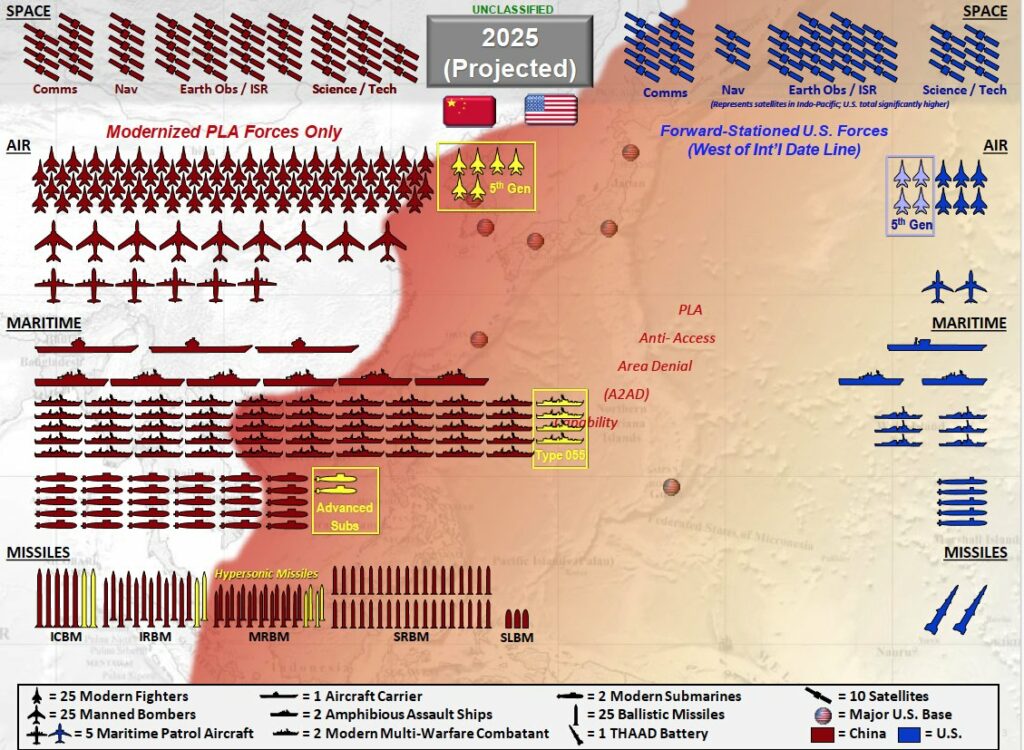
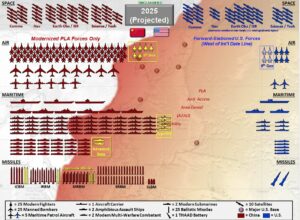 300w,
300w, 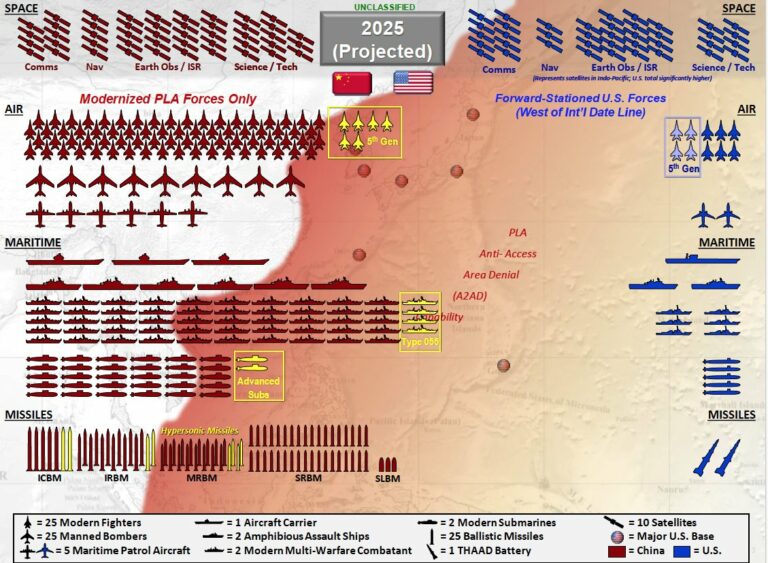 768w,
768w, 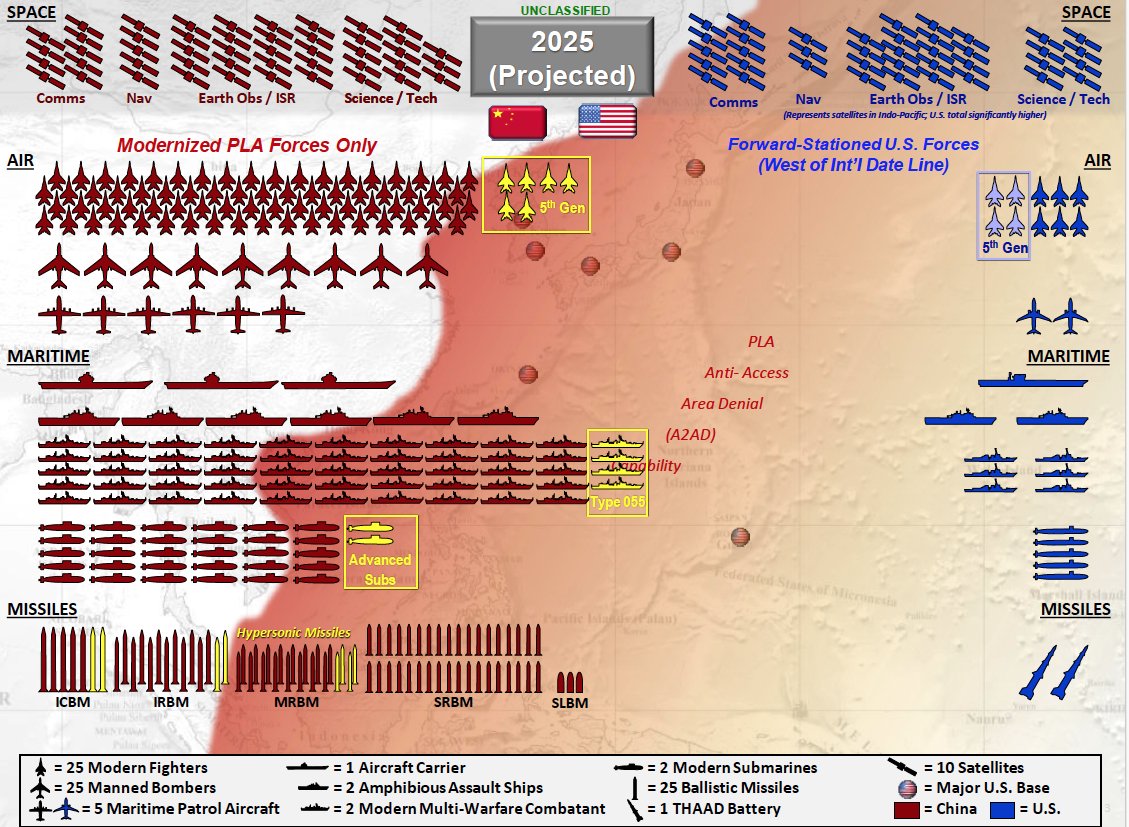 1129w" data-lazy-sizes="(max-width: 1024px) 100vw, 1024px" data-lazy-src="https://www.sandboxx.us/wp-content/uploads/2021/03/INDOPACOM-2025-1024x750.jpg" data-ll-status="loaded" />
1129w" data-lazy-sizes="(max-width: 1024px) 100vw, 1024px" data-lazy-src="https://www.sandboxx.us/wp-content/uploads/2021/03/INDOPACOM-2025-1024x750.jpg" data-ll-status="loaded" />
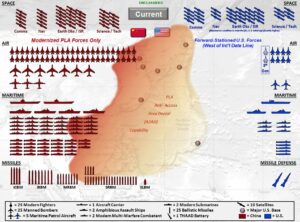 300w,
300w, 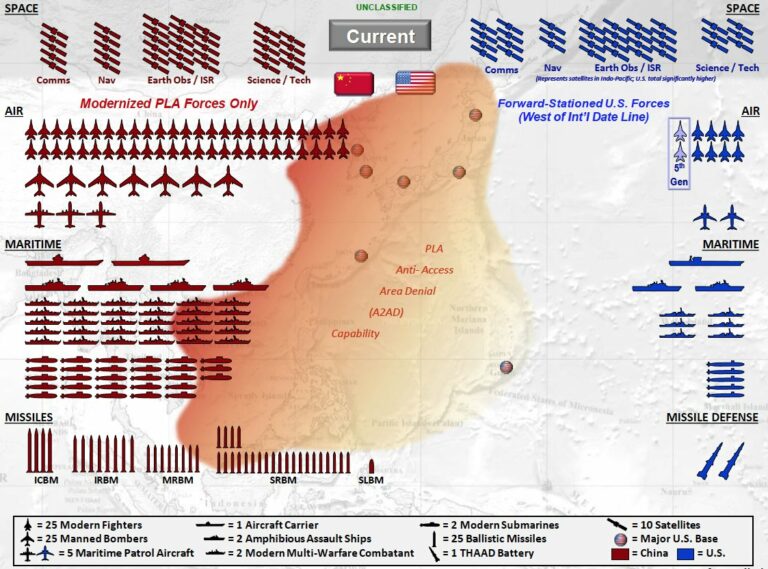 768w,
768w, 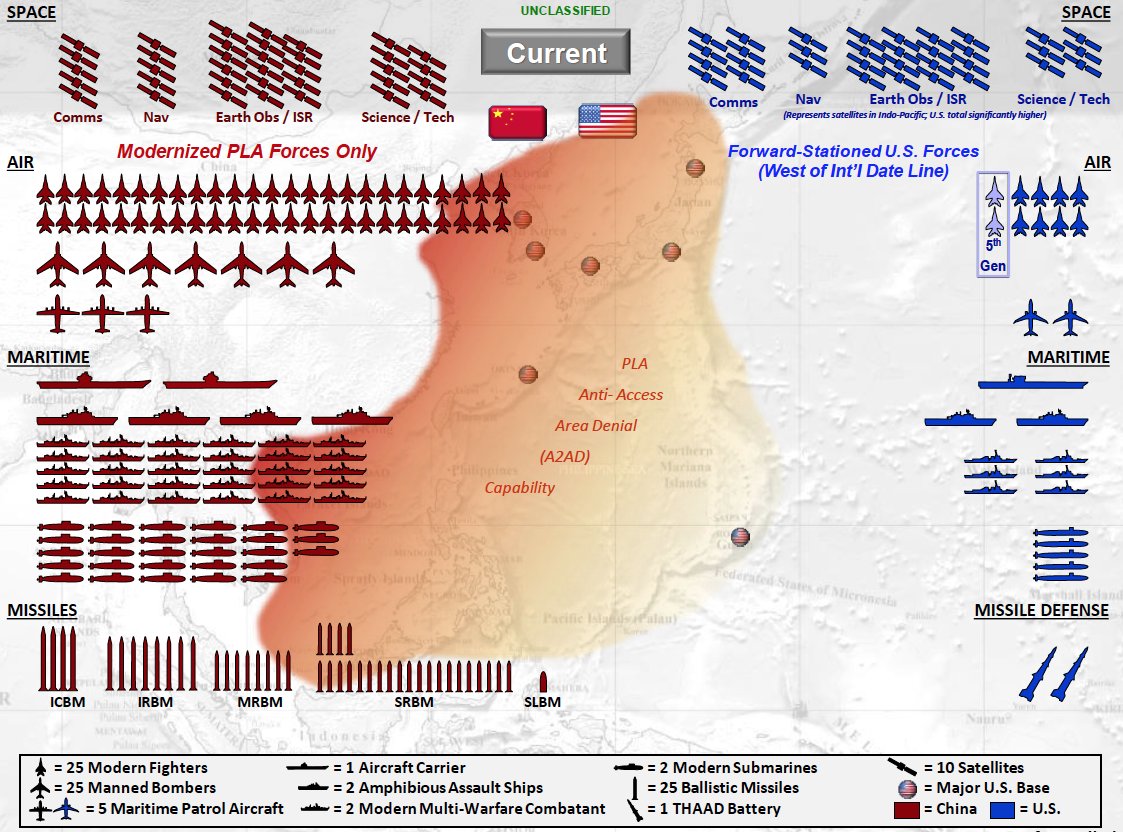 1123w" data-lazy-sizes="(max-width: 1012px) 100vw, 1012px" data-lazy-src="https://www.sandboxx.us/wp-content/uploads/2021/03/INDOPACOM-2021-1012x750.jpg" data-ll-status="loaded" />
1123w" data-lazy-sizes="(max-width: 1012px) 100vw, 1012px" data-lazy-src="https://www.sandboxx.us/wp-content/uploads/2021/03/INDOPACOM-2021-1012x750.jpg" data-ll-status="loaded" />
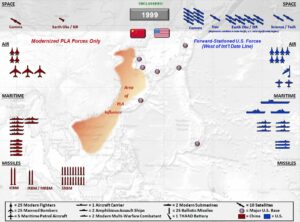 300w,
300w, 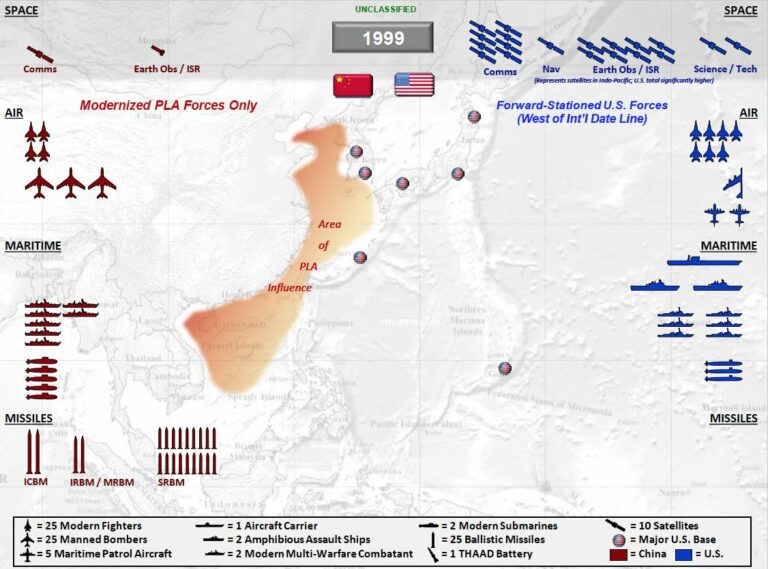 768w,
768w, 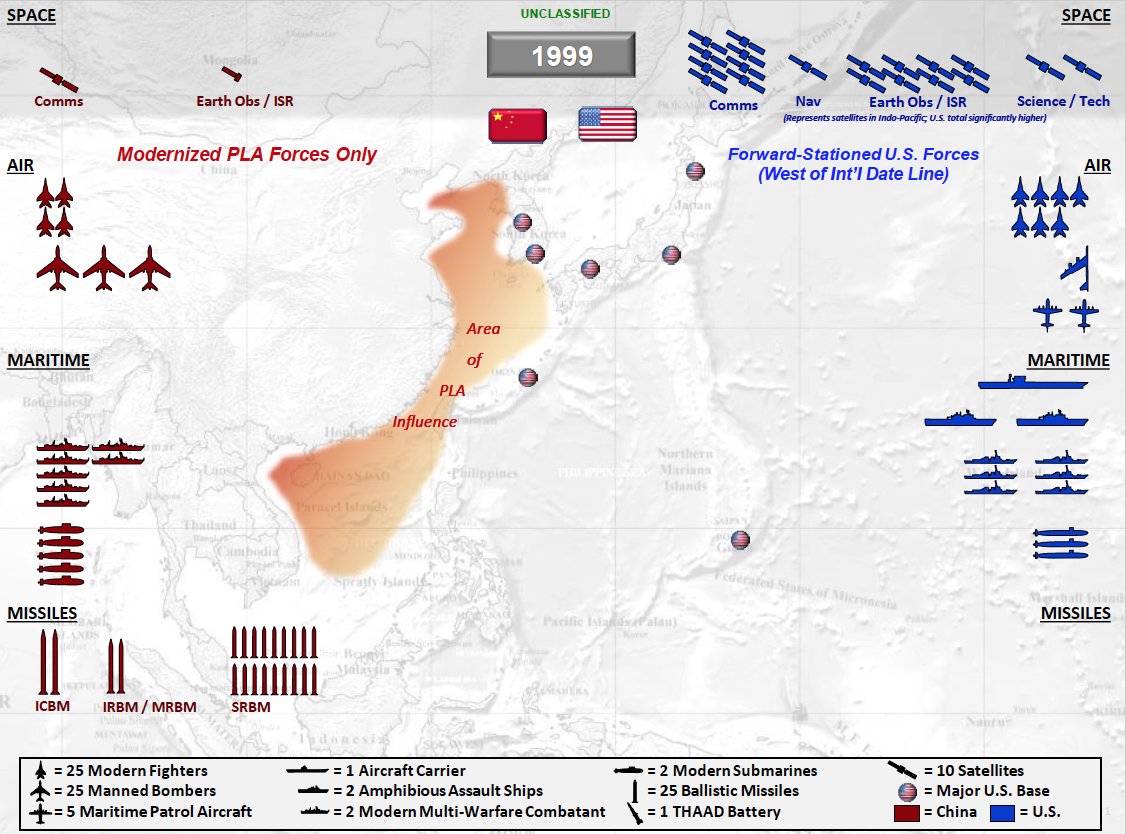 1126w" data-lazy-sizes="(max-width: 1013px) 100vw, 1013px" data-lazy-src="https://www.sandboxx.us/wp-content/uploads/2021/03/INDOPACOM-1999-1013x750.jpg" data-ll-status="loaded" />
1126w" data-lazy-sizes="(max-width: 1013px) 100vw, 1013px" data-lazy-src="https://www.sandboxx.us/wp-content/uploads/2021/03/INDOPACOM-1999-1013x750.jpg" data-ll-status="loaded" />







